
Finding New Spaces Together
‘Vádye Eshgh (The Valley of Love)’ is a collaboration between Second Generation Collective and Abdul-Rahman Abdullah weaving through themes of beauty, diversity and the rebuilding of identity.
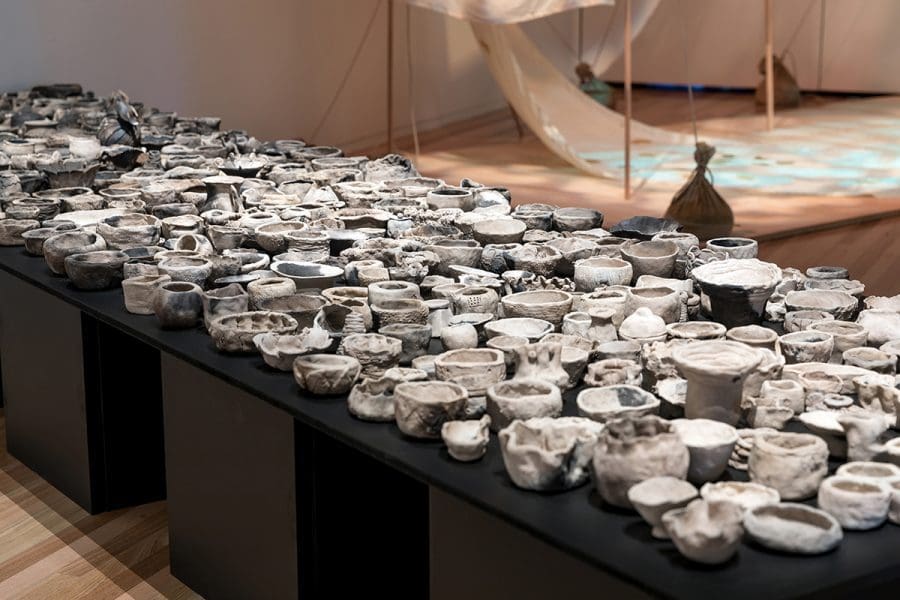
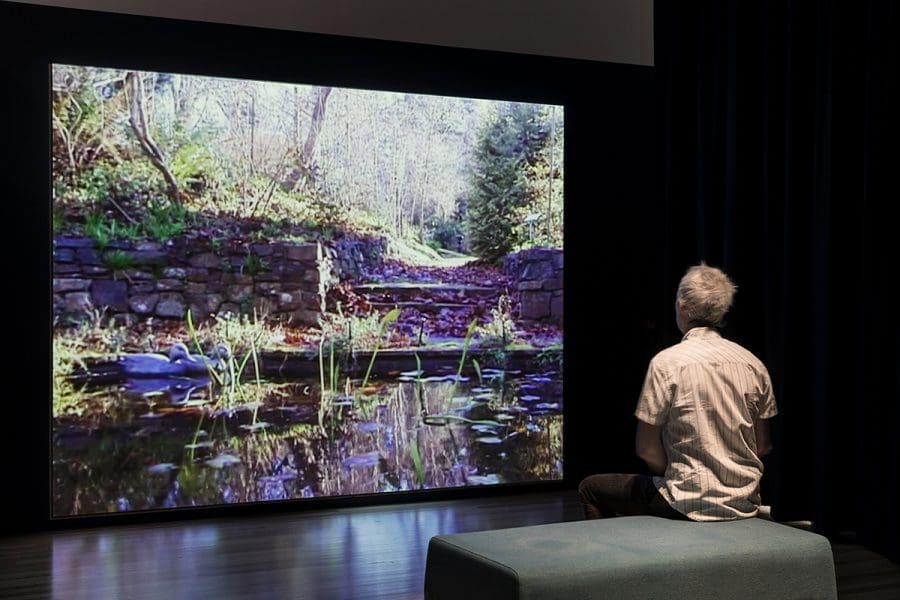
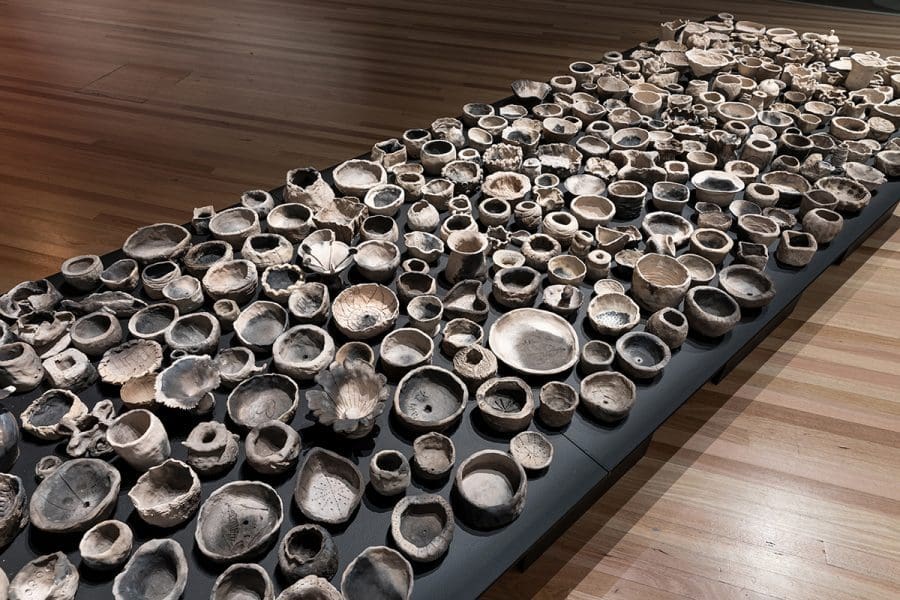
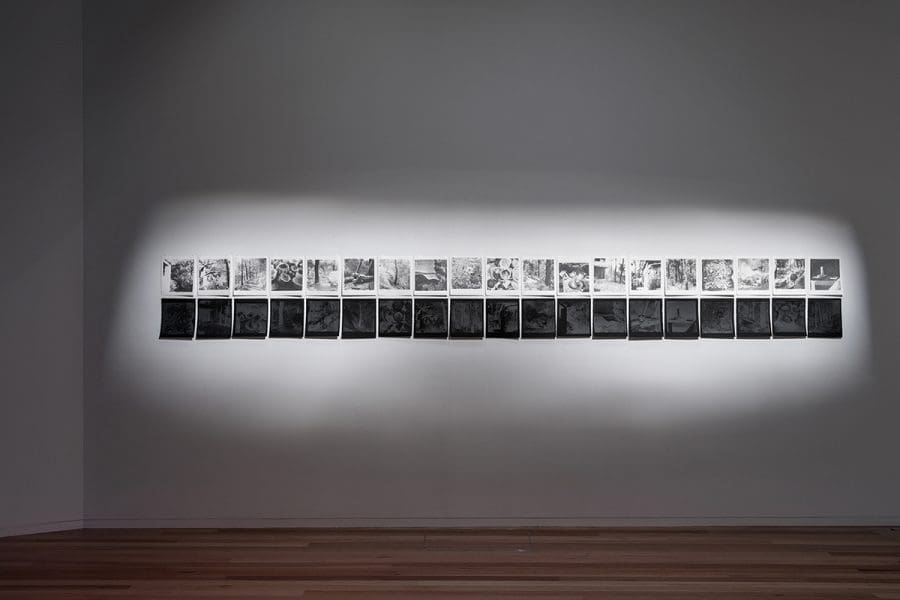
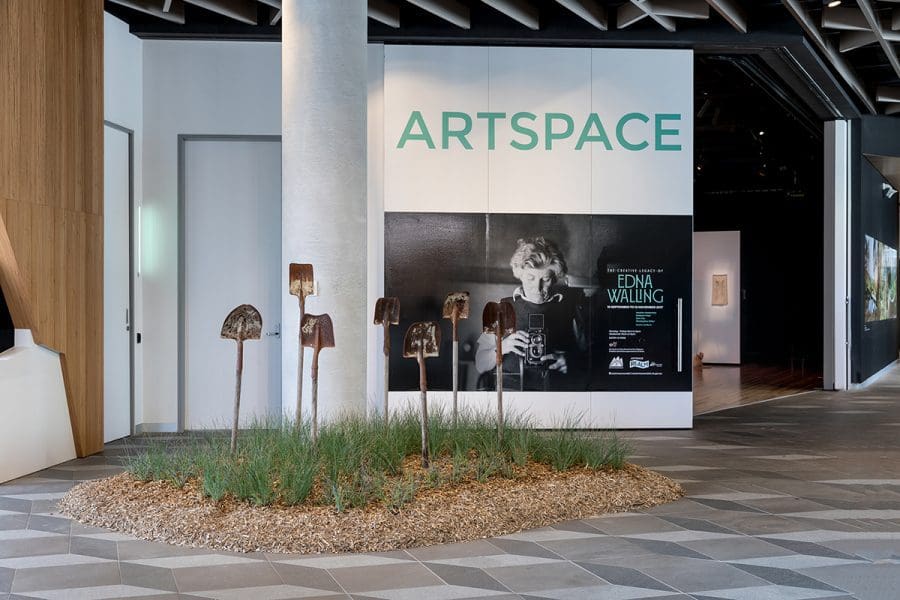
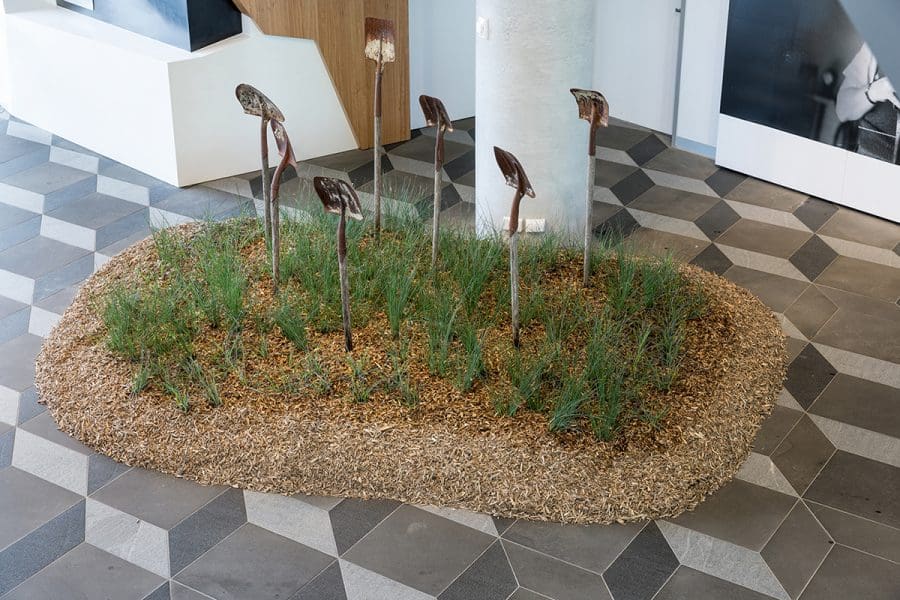
In gardening and landscape design circles, Edna Walling (1895-1973) is considered royalty. Migrating to Australia from the UK when she was fourteen, Walling studied at Victoria’s Burnley Horticultural College and went on to become one of Australia’s most influential garden designers. Inspired by the Arts and Crafts style of gardening, particularly the designs of English horticulturist Gertrude Jekyll (1843-1932), Walling was a strong and determined woman who championed conservation, sustainability and the Australian bush garden.
“It was evident Edna had many strong ideas and beliefs that have to this day remained pertinent in landscape design,” Byrne says. “Most importantly, she had ideas about our use of land and how it is carved up for built structures.” Given Walling’s keen interest in conservation (she was known to go on surreptitious nighttime missions around Melbourne, pulling out introduced species and replacing them with local natives), Byrne found that gardens designed by Walling were numerous in Victoria and possessed a distinctive, naturalistic style.
Byrne now works in the Maroondah region, an area located in the outer eastern suburbs of Melbourne and close to Bickleigh Vale, a small Mooroolbark community that Walling built and designed in her mid 20s. Named after the village of Bickleigh in Devon where Walling grew up, it is still considered to be one of Australia’s most noteworthy sites of property development. While the urban landscape has since replaced the open paddocks Walling was accustomed to, many of Bickleigh Vale’s original features remain. Glimpses of wooden shingles, low level stone walls and meandering paths occasionally peek through Walling’s beloved birch trees, native shrubs and ground covers.
“Edna was an early feminist, working in a labor field when most women did not have careers,” Byrne explains. “As a curator interested in social history and how to explore these ideas through art and design, Walling’s spirit captured my imagination.” For The Creative Legacy of Edna Walling, Rebecca Mayo, Christopher Köller, Heather Hesterman and Sam Cox have used installation, video, textiles and ceramics to consider aspects of Walling’s practice, particularly her hands-on approach and love of native plants.
Walling’s love for native species was a catalyst for her growing concern regarding the impact highways were having on the natural environment. To make way for a burgeoning car culture, roads were being widened and straightened, subsequently destroying the roadside verges around them. Rebecca Mayo’s installation Potato Throw, 2017 references the regular journeys Walling made between Melbourne and Adelaide, where she often pitched a swag overnight in nearby bushland and bore witness to the repeated destruction of nature strips and roadside vegetation.
Walling was known for her haphazard ‘potato throw’ technique of tossing seeds from a bucket and letting them grow where they fell. This technique, and Walling’s highway travels, informs Mayo’s work. While driving a similar route between Melbourne and Adelaide, Mayo stopped at various locations to throw potatoes onto lengths of fabric, marking where they landed with hand sewn stitches then printing over the marks with natural dyes. In the gallery, the lengths of fabric are pitched like billowing tents, a playful homage to Walling’s independence and adventurous use of space.
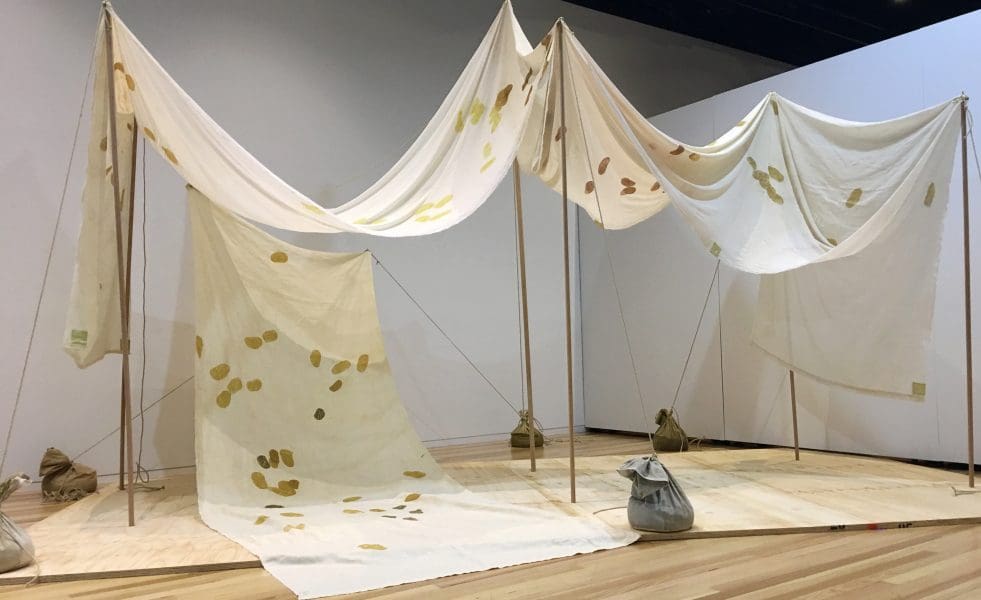
“Walling worked with the natural form and undulation of the landscape in her gardens, while still creating her garden rooms,” says Mayo. ”My fabric tent forms can be seen as spaces within spaces. When you look through the work, intimate views of folding fabric are experienced.” When driving, Mayo often thought of Walling, especially during the many roadside walks that broke up the trip. “It was the moments when we stopped to throw the potatoes that I thought most about Walling. Perhaps she also stopped nearby, for lunch with her mum or a friend. Some people think it is a very boring drive, quite flat and straight. But for me it is a thread connecting my two homes.”
Gordon Ford (1918-1999) and Ellis Stones (1895-1975) were developing their landscaping styles at the same time as Walling and her influence can be seen in their stonework and soft, planted borders. As a mentor and employer, Ford was an important figure for Eltham based landscape designer Sam Cox and his work, The Diggers, 2017, which is a tribute to both Walling and Ford.
Crossing into new creative territory for Byrne’s exhibition, Cox has created a shovel cemetery inside the gallery where several well-used shovels stand like gravestones, wedged into concrete pots covered by mulch. A recreation of a similar feature in his own garden, Cox says the idea for The Diggers, came from a broken wheelbarrow cemetery Ford constructed as the final resting place for old garden tools. “Creating a piece for a gallery was initially daunting but I found that there were similar aspects to designing landscape,” he says. “The Diggers references the hands-on approach Walling had and visually demonstrates how outdoor labour has influenced my own practice. The legacy of Edna Walling, for me, is hands-on construction and development. I’m hands-on every day.”
Heather Hesterman’s professional practice blends art with landscape design and in her work for the exhibition she focuses on Walling’s ability to foster a sense of community in the environments she constructed. Inspired by the small clay pots Walling witnessed a friend make by hand to protect diminutive plants, Hesterman engaged schools and the general public in a series of pottery workshops. Making hundreds of tiny pots similar to those seen by Walling, the outcome of the workshops is a vast number of handmade pots assembled in the gallery, each symbolising the hands-on approach Walling is known for.
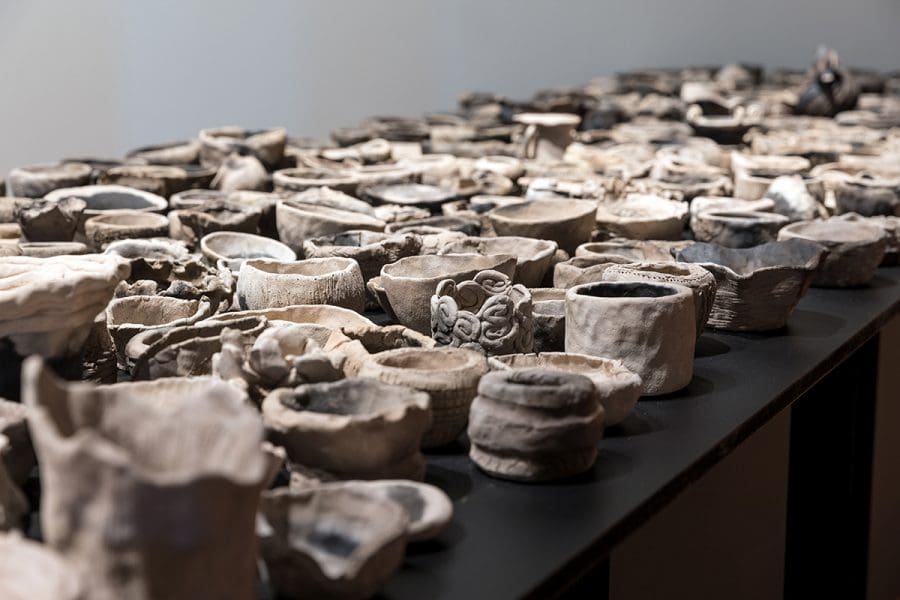
Arguably, Walling’s most famous garden design is The Grove at Mawarra Manor in Victoria’s Dandenong Ranges. Stonework is predominant, with moss coated pathways leading through low hanging foliage to discreet locations. It was here artist Christopher Koller used photography and film to document the changes winter brought to the garden in Winter Walling, Octagonal Pool, 2006. Capturing the garden from the centre of Walling’s strikingly angular pool, Koller offers a unique perspective of her sweeping stone staircase and scattered plantings of European Beech Trees.
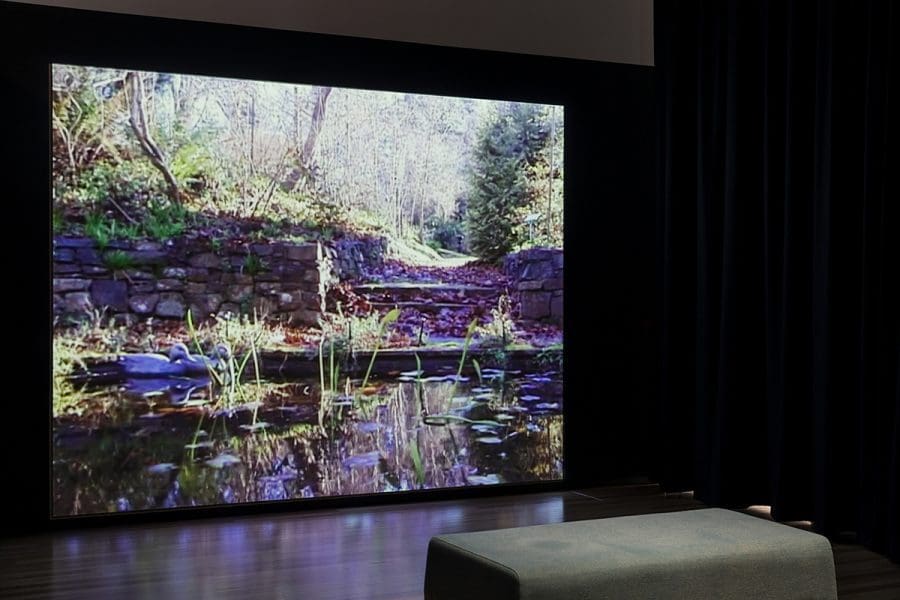
With renewed interest in Walling’s work leading to the recent restoration of The Grove garden at Mawarra Manor and a new generation of gardeners and artists continuing to be inspired by her work, Walling’s legacy endures. Citing Byrne’s exhibition and the scope of Walling’s practice, Sam Cox concludes, “The significance of an exhibition like this is the importance of revisiting designers like Walling and discovering how much influence they have had over the landscape of Melbourne and beyond. There are so many places that Walling helped to develop and it is really important to keep that knowledge alive.”
The Creative Legacy of Edna Walling
Artspace at Realm
19 September – 12 November
Visit Foreground for an extended interview with landscape architect Sam Cox.
Related events
Edna Walling Garden History Talk
Presented by Dr Anne Vale
Tuesday 17 October 6pm – 7.15pm
Artspace at Realm
Official Launch of The Creative Legacy of Edna Walling
Saturday 21 October, 3pm – 4.30pm
Artspace at Realm
Guest speakers Sue Burston (Edna Walling’s niece) and Landscape Garden author, Anne Latreille
Dear Mr Ford… Yours Sincerely, Edna Walling
Presented by Annette Warner, Lecturer in Landscape Design at the University of Melbourne, Burnley Campus
Tuesday 31 October, 6pm – 7.15pm
Artspace at Realm